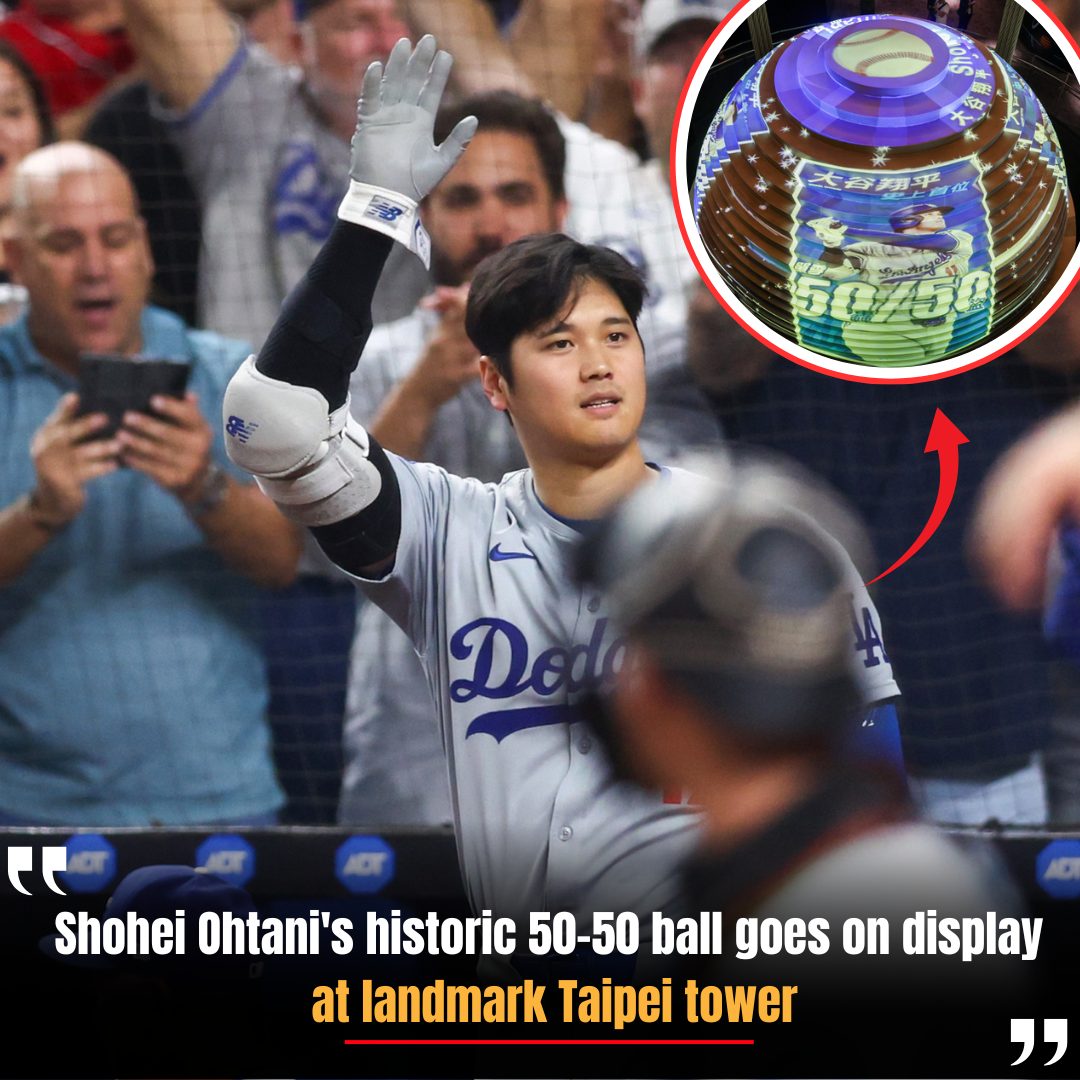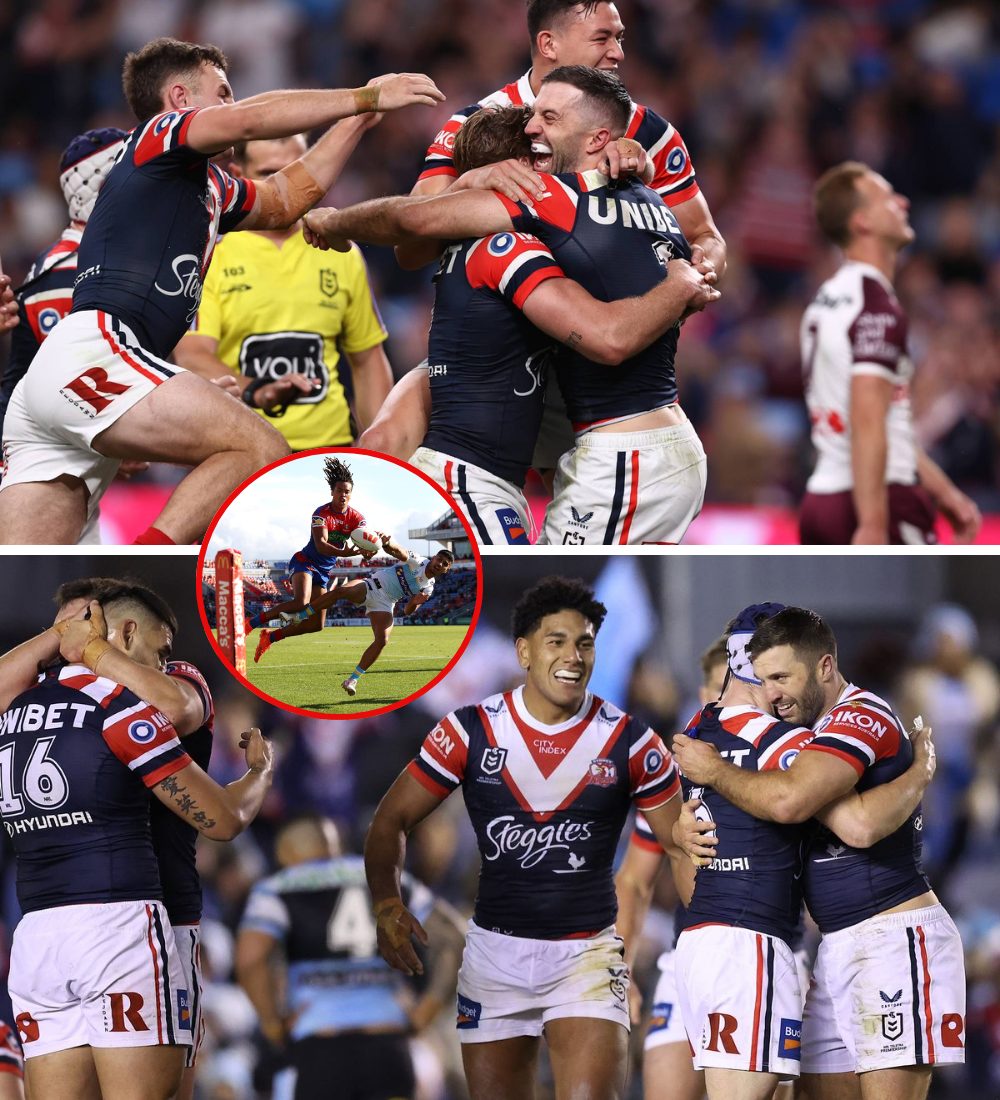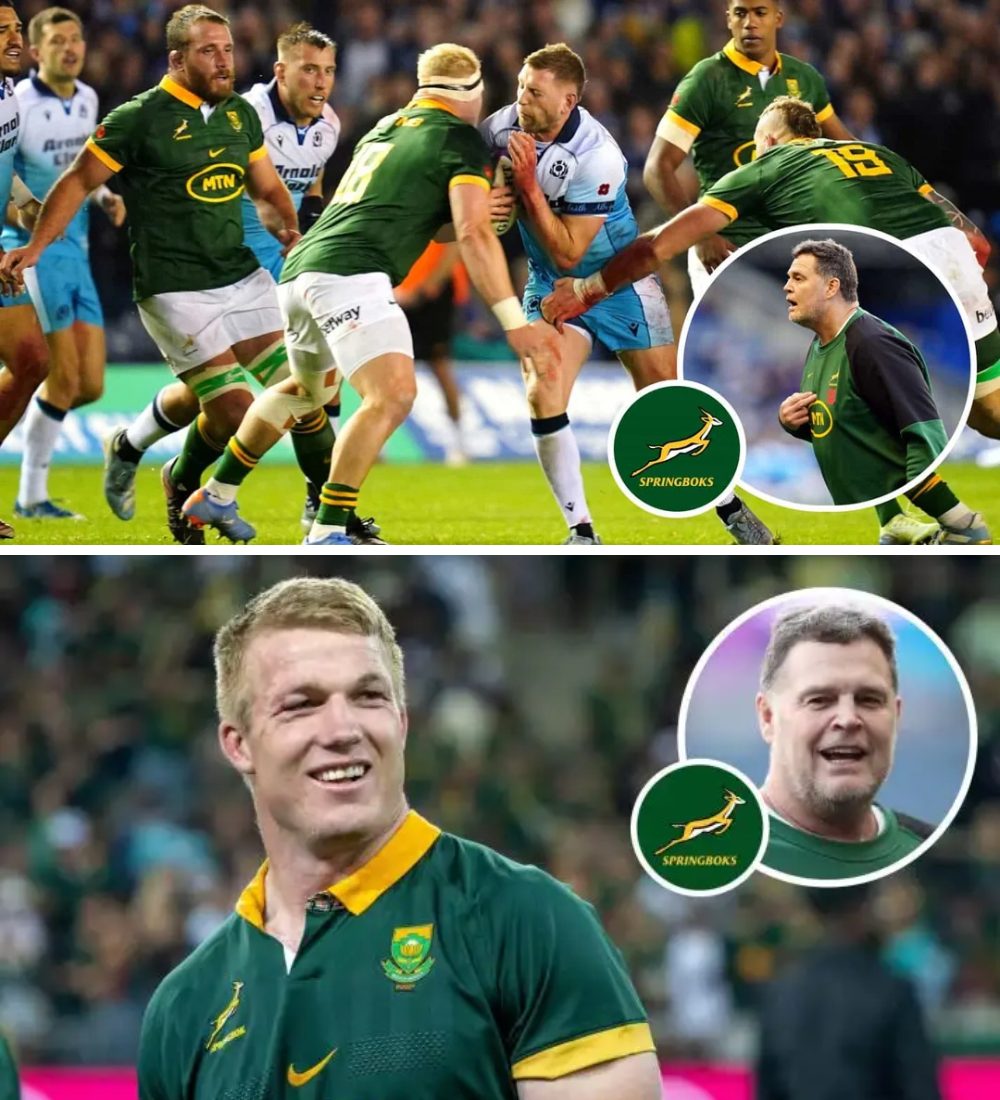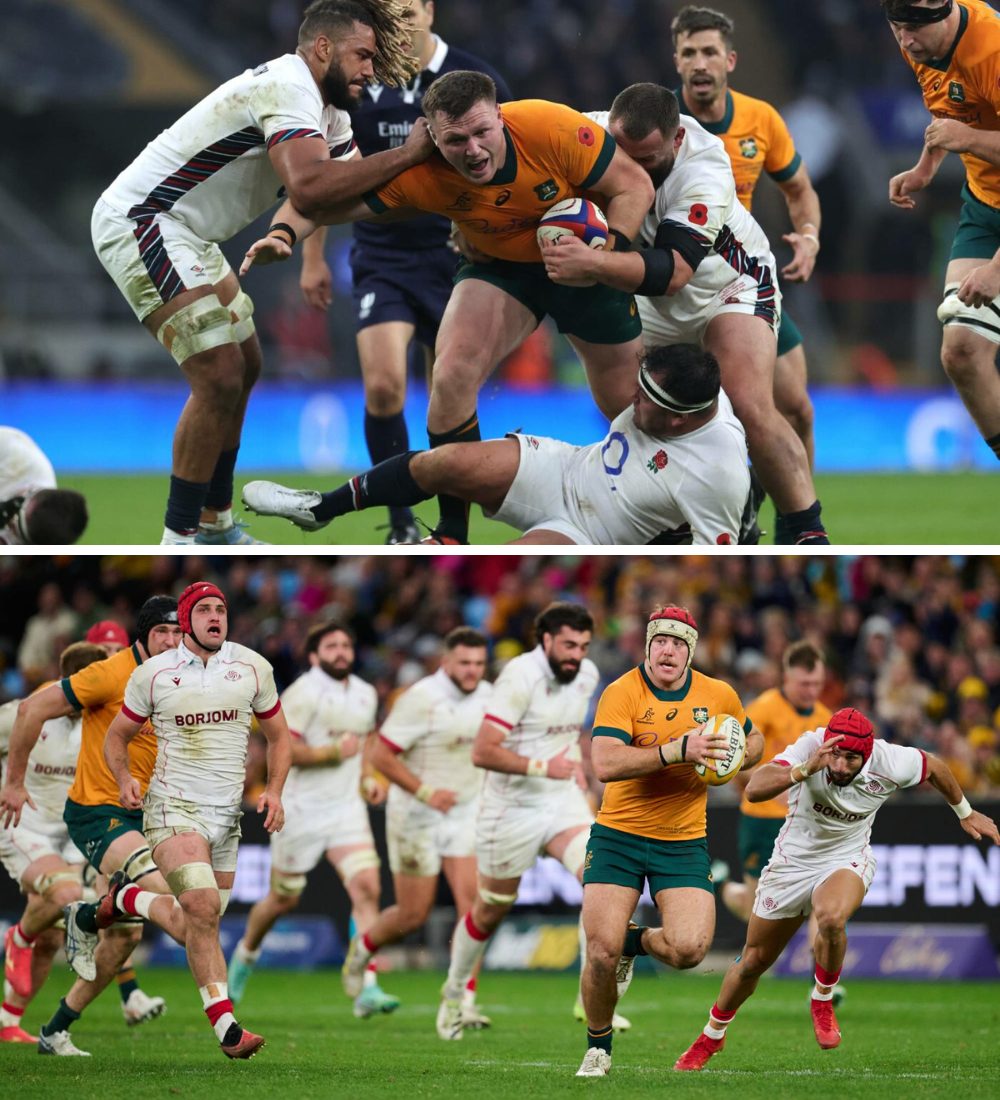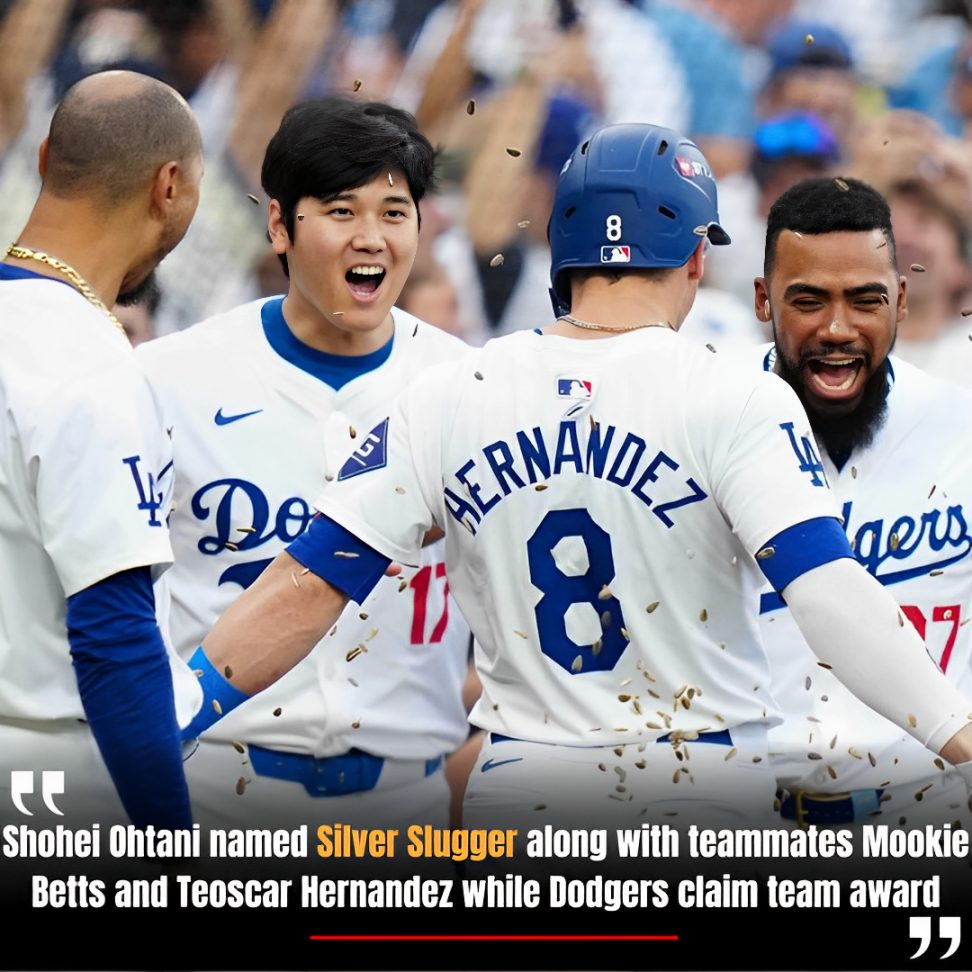When the Shohei Ohtani market first opened for business six years ago, Major League teams peered through the doors and wondered if what was promised could really reside inside.
An elite pitcher AND an elite hitter? Ohtani was just 23 years old, uber-athletic, motivated and focused. He had proven himself to be adept at both tasks in Japan. But that doesn’t mean there weren’t serious questions within the industry about how long he could realistically pitch and hit.
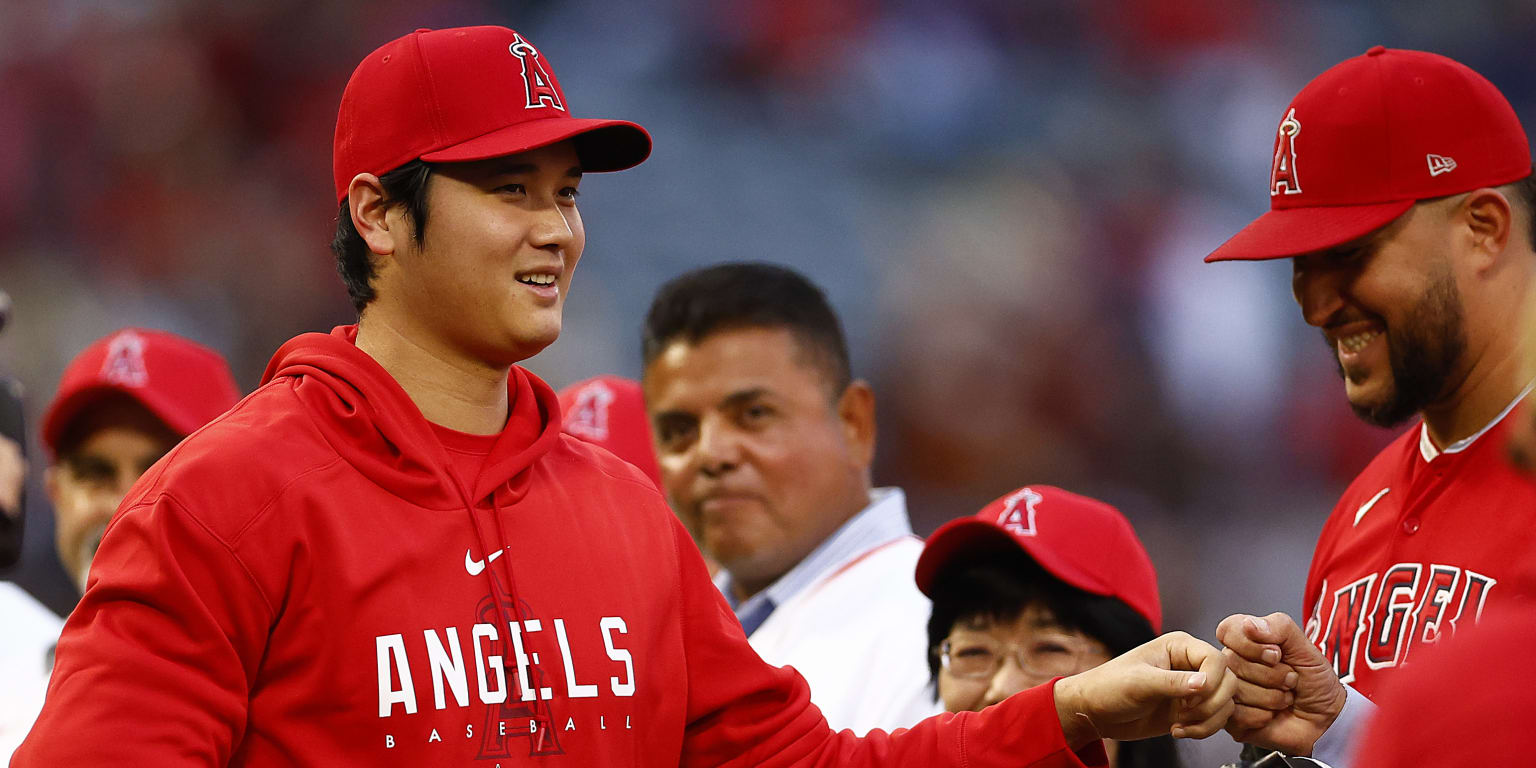
Though the relative pittance it took to take on the Ohtani experiment at that time (a $20 million posting fee and a maximum signing bonus of a few million bucks of international bonus money) made the juice very much worth the squeeze, executives, coaches, scouts and fellow players wondered and whispered about the injury risk, the roster machinations, the schedule and the stress.
“The pitching side would be hard enough for him,” one big league pitching coach said to Yahoo! Sports at that time. “To be an everyday player on top of that, I just don’t see it happening. Not at an impact level. No chance.”
Well … turns out, there was at least a slight chance.

Now that Ohtani is an established two-way superstar, the financial equation — and the risk equation — has changed dramatically. Ohtani has earned what’s coming his way by doing what no American League or National League player (no, not even Babe Ruth) has done before. The risk now is entirely physical, but in some ways more pronounced. Ohtani, after all, is coming off his second elbow procedure since 2018, he’s 29 years old, and he is human (… maybe).
That pitching coach — and all of us — know better now than to doubt Ohtani’s abilities. But we also shouldn’t blindly assume that what we’ve seen the last three seasons — in which Ohtani has averaged a 161 OPS+ (61% better than league average) as a hitter and a 151 ERA+ as a pitcher — will be his norm once he’s fully recovered from surgery. His remains a massive undertaking, physically and mentally. Historic, enrapturing, unprecedented success, such as what we saw from 2021-23 (Ohtani’s only seasons in which he’s played as many as 110 games), is not to be taken for granted.
So what if — baseball gods forbid — Ohtani were to spend the bulk of his new contract on the struggle bus and/or the injured list? What if his elbow never permits him to throw another pitch? What if his bat achieves only average output? What if this new contract is somehow a colossal, disastrous bust?
These things do happen in ball, after all. Would Ohtani’s legacy as a baseball unicorn, a freak of nature, an awesome aberration be forever tarnished?
In a word, no. Because I’m here to tell you that Ohtani has already done enough to earn enshrinement into the National Baseball Hall of Fame.
Well, OK, I’ll allow that the Hall’s rules require a player to appear in 10 seasons to be eligible for enshrinement. Ohtani has appeared in six, which, by my math, leaves four to go. I think he’s got it in him.
But while I wouldn’t ordinarily argue that a player with “only” three elite seasons (two MVPs and a runner-up) is a walking, talking, future inductee, Ohtani’s 2021-23 performance – and what it has meant to the sport, at large — is enough to put him on a plaque.
First, there’s the output: Since 2021, Ohtani ranks second in the Majors in OPS, with his .964 mark trailing only Aaron Judge’s 1.017. He’s fourth in homers (124) and in OPS+ (161), he’s second in extra-base hits (228), and he’s tied for 18th in stolen bases (57). He’s put up 14.3 bWAR as a DH, ranking 18th among position players.
It’s hilarious (well, to me, anyway) to follow up any mention of Ohtani’s rank in various offensive metrics with a reminder that … he’s a pitcher! You know those guys who were traditionally so poor at the plate that their plate appearances were essentially legislated out of the sport with the universal DH? Yeah, he’s one of those guys … except not.
And prior to his second major elbow injury, Ohtani was a darn good pitcher. Again, from 2021-23, his 2.84 ERA ranks sixth among those with at least 300 innings, his 151 ERA+ ranks fifth, his 31.4% strikeout rate ranks fourth, his 14.2 bWAR on the mound ranks fifth.
Between his pitching and hitting, Ohtani was worth 9.0 bWAR in 2021, 9.6 in 2022 and 10.0 in 2023. The only other players in history, per Baseball-Reference, with three straight seasons of 9+ WAR were Hall of Famers Babe Ruth, Bob Gibson, Lefty Grove, Mickey Mantle, Rogers Hornsby and Willie Mays and all-time home run leader Barry Bonds. The only other player in the 21st century to accumulate more WAR than Ohtani in any three-season span was Bonds (2000-02, 2001-03 or 2002-04).
Oh, and Ohtani is already only 4.1 WAR shy of matching recent Hall inductee Harold Baines … but uh, let’s not go there.
Anyway, what we’ve seen from Ohtani is special, regardless of what comes next.
Of course, MLB history is rife with players who had brilliant bursts of output in single seasons or across multiple seasons, and not all of them are in the Hall of Fame. If the likes of Denny McLain or Dale Murphy or Don Mattingly or Darryl Strawberry would like to have a word with me about my proclamation that Ohtani is already Cooperstown-bound, it’s understandable.
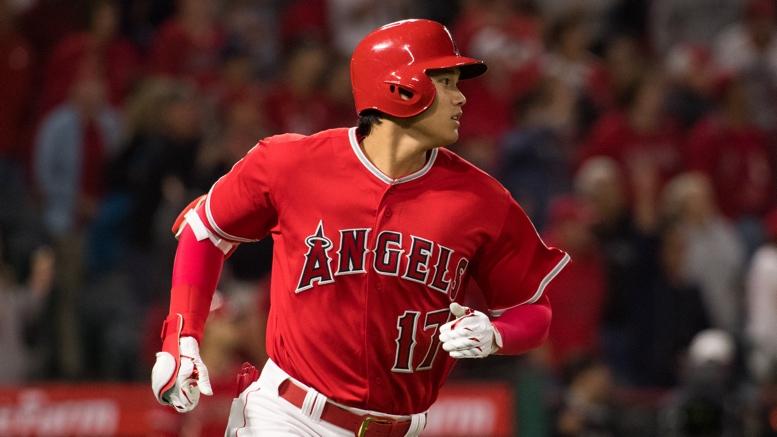
But in addition to his output, Ohtani has put himself into a special class of baseball wave-makers who legitimately altered the complexion of the sport. The Hall aims — most times successfully, sometimes less so — to tell the story of the sport through the stories of those who shaped each generation.
Candy Cummings is one of the least-accomplished pitchers in the Hall from a statistical standpoint, yet he’s in there for inventing the curveball (we can’t possibly know for certain that he invented the curveball, but it’s a good story). Deacon White had an iffy statistical case, but notching the first hit in a professional league in 1871 and being credited by some with popularizing the catcher’s mask and the windup helped tip the scales in his favor, long after his death. King Kelly’s numbers are fine and dandy, but his plaque focuses more on his “colorful” personality, “audacious” baserunning and the $10,000 sale that sent him from Chicago to Boston. He was one of the game’s first big stars and drawing cards, a pioneer of popularity.
Is it weird to cite old-timey talents when discussing Ohtani? Well, when do we not? It seems like every few days during the MLB season, someone is pulling out some obscure “Ohtani is the first player to do [X] since [Y].” And if Y isn’t Ruth, it’s some dude from the late 19th century or early 20th. This trend is ubiquitous enough to have gone viral.
But in more modern times, when I think about Ohtani’s case, I think about Rollie Fingers getting inducted less for his raw numbers (he only led his league in saves three times) and more for, as his plaque puts it, epitomizing the “emergence of modern-day relief ace.”
We don’t yet know the long-term effects of Ohtani’s existence. But we can already see some ripple effects. For one, MLB had to literally rewrite its rulebook on account of Ohtani, which, you know, is not an everyday occurrence. And in this year’s Draft, a record eight two-way players were taken across 20 rounds — twice as many as the previous four Drafts combined.
Juxtapose that new trend against what that pitching coach said six years ago about Ohtani having “no chance” to do both at an impact level in the big leagues, and it’s clear that this is a player who has forced people in the game to rethink what is possible.
Finally, Ohtani has strengthened baseball’s bridge across the Pacific. Like Ichiro before him, he has compelled Major League clubs to more aggressively scout and pursue talent from Japan, and he has heightened interest in the sport internationally. Last year, economist Katsuhiro Miyamoto at Kansai University released a study that found that Ohtani’s economic impact totaled an estimated $337 million combined for the U.S. and Japan. Ohtani’s stardom has also fostered increased interest in the history of Nikkei baseball pioneers who were marginalized, forgotten and, in some cases, even imprisoned in this country.
Considering all of the above, I don’t particularly care if Ohtani lives up to the terms of his new contract. Sure, I’ll take a few more 9+ WAR seasons from him (and I’m certain the team that signs him would take that, too). But to analyze Ohtani only by the numbers on his baseball card cheapens his impact.
This is not just one of the best players we’ve witnessed but one of the most important. We can already say the story of baseball in the 21st century is incomplete without Ohtani, and that’s why he’s already a Hall of Famer.
